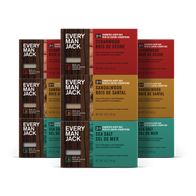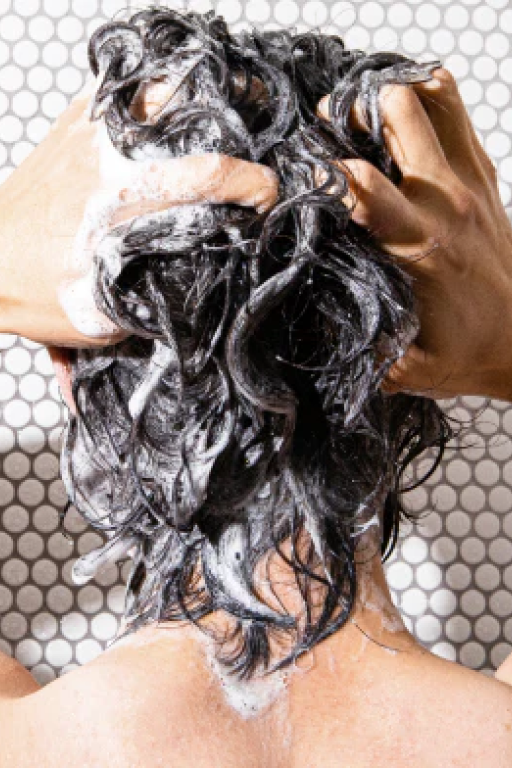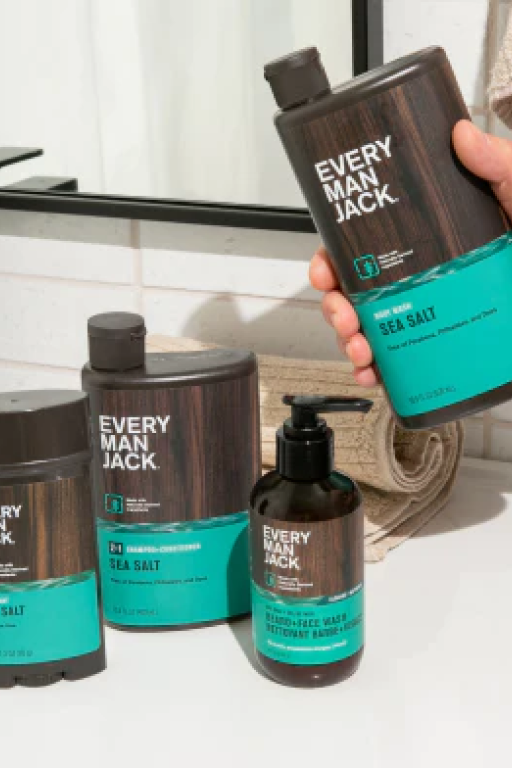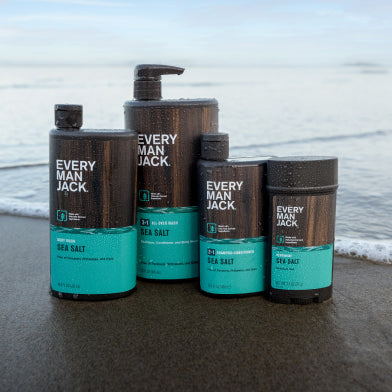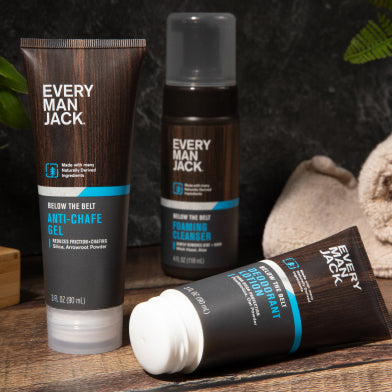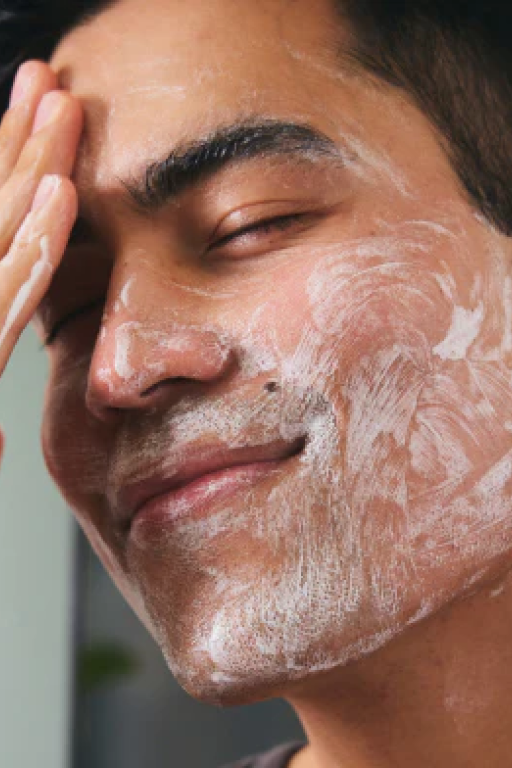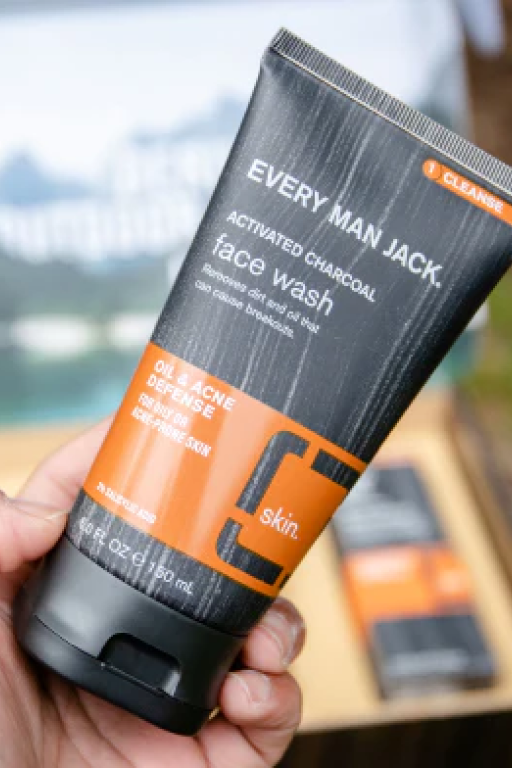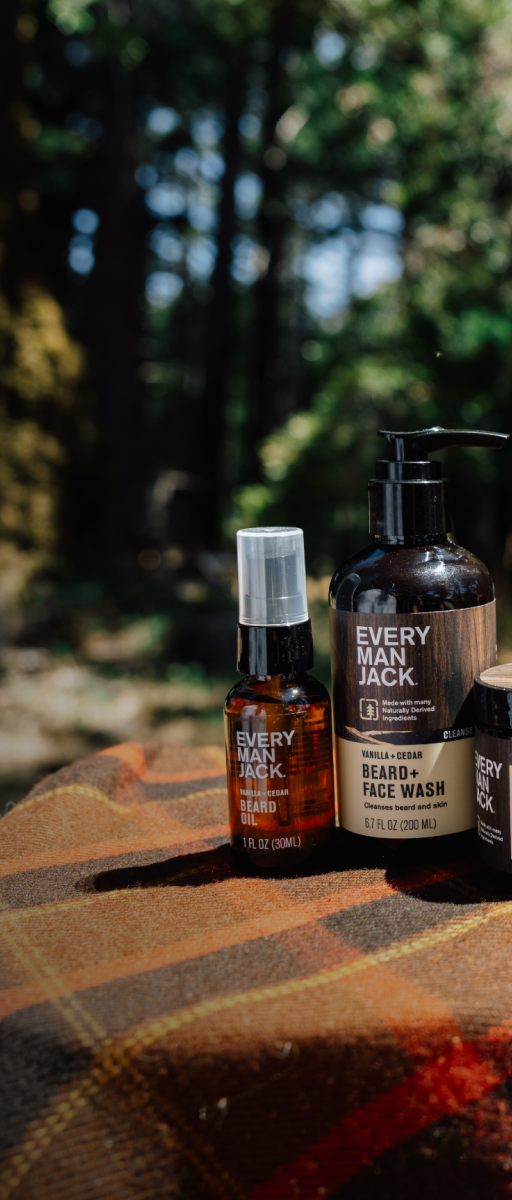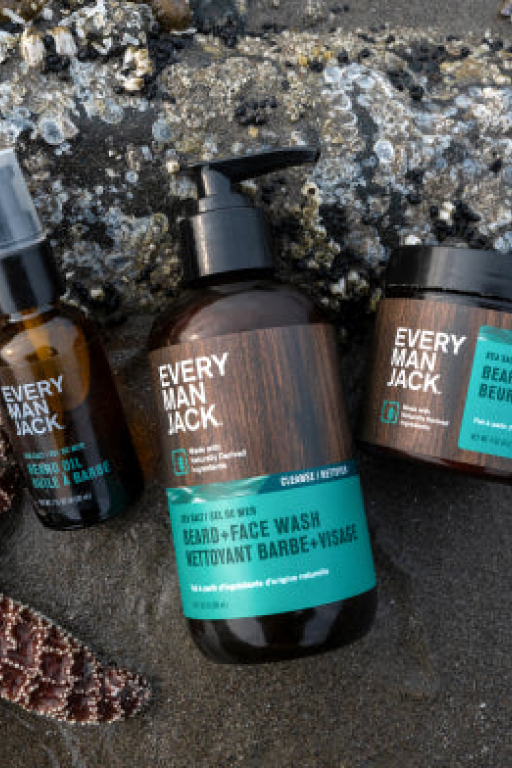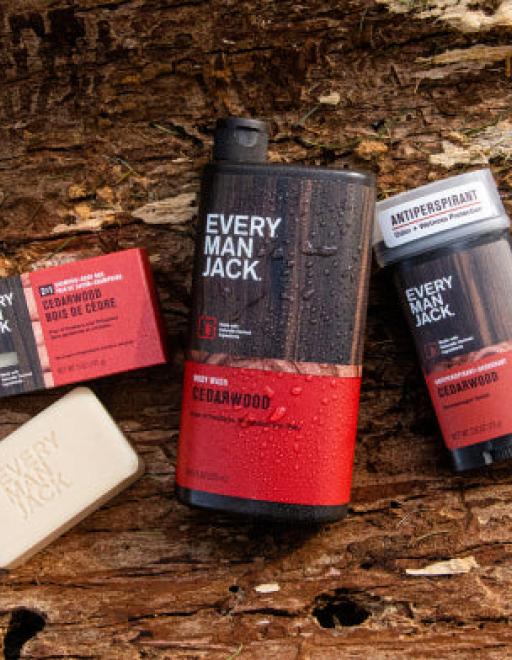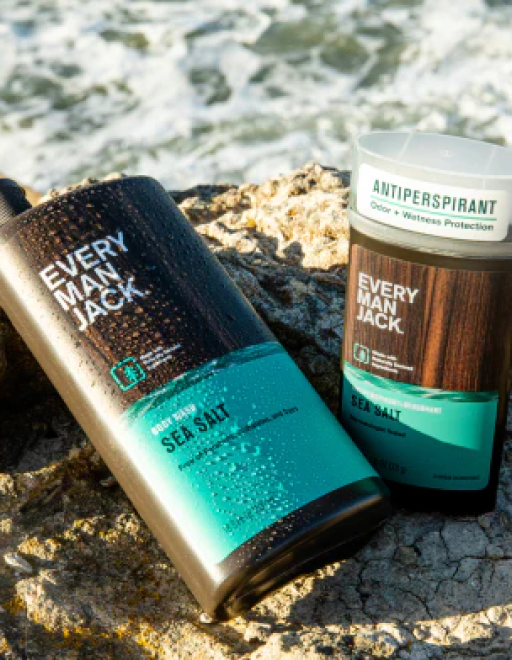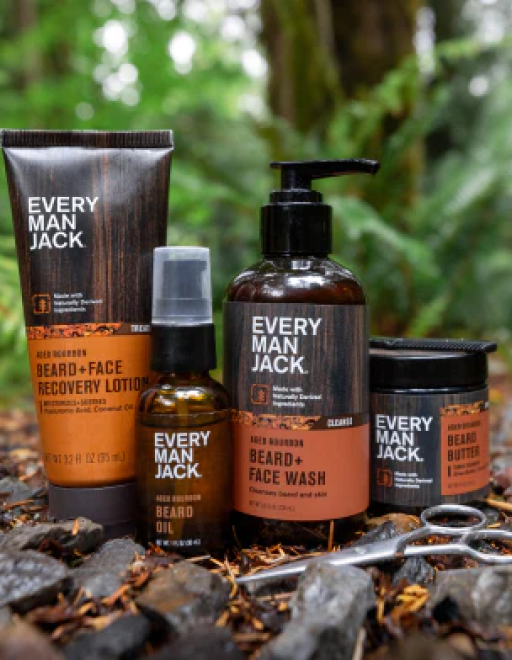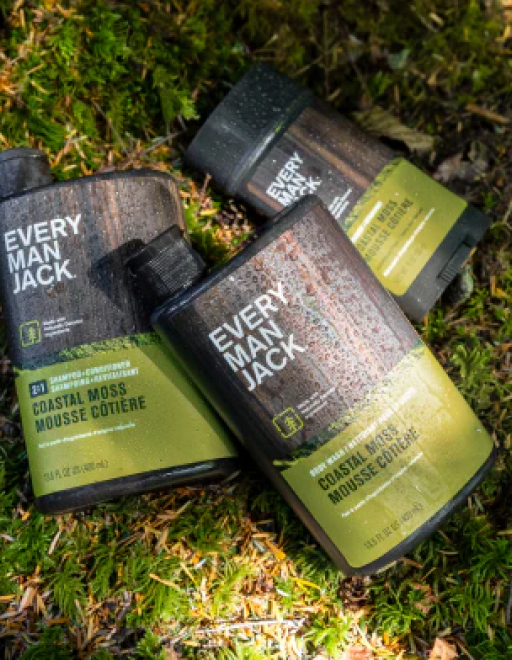
The Guy's Guide To Dealing With Winter Dry Skin
Ah, winter. Arguably the best season for some epic outdoor sports and activities, but also the worst season for your skin. Cold air and harsh winds do a number on your hands and face, leaving skin dried out, cracked, and irritated. Although sometimes not serious, dry skin can be a pain— literally.
Much like how the seasons change, your skincare needs will change, too, so it’s important to cover all your bases for when the cold front sweeps in. Here are some of our best tips for dealing with winter dry skin.
What causes winter dry skin?
Think of your skin like a mirror— the outer layer of skin reflects the humidity level and weather around it.
During the summer months when the air is thick with moisture and humidity, our skin is most likely hydrated, sometimes even oily. During the winter season, when there’s low humidity and the air is much drier, our skin will also be dry.
Because the air is so dry in the winter, your skin is more prone to losing moisture even faster than normal, especially by cleansing, scrubbing, or exposing your skin often to chilly winds or harsh weather conditions. All of which results in dry, cracked, reddened skin that’s straight-up uncomfortable.
If you deal with serious skin conditions like eczema or psoriasis, you know how much more difficult it is to treat weather-induced pain and irritation. And although we’re not dermatologists, we do want you to have an epic winter filled with your favorite activities, so the following tips can help you combat that painful itch, irritation, and dryness.

Moisturize right after washing.
The best thing you can do for your skin is to try to keep as much moisture in the skin as possible.
Moisturizing right after washing your hands or taking a shower with thick creams or lotions will be a game-changer to help plug the spaces between your skin cells and seal in moisture while your skin is still damp.
Invest in a moisturizer with hydrating ingredients like glycerin and shea butter; they’re godsends for your face, body, and hands, thanks to the rich oils that soak into the skin and create a protective barrier that seals in moisture.
If your skin is extra sensitive due to seasonal dryness, you’ll want to avoid any kind of fragrances or perfumes typically found in detergents or personal care products because these are often culprits of redness, itchiness, and irritation. Opt for a fragrance-free moisturizer to deliver that same soothing hydration without wreaking havoc on your skin.
And for the days you plan to cruise down the slopes, a face moisturizer with SPF will be your best friend for keeping your skin UVA/UVB protected and comfortably hydrated.
Pro tip: always pat yourself dry with a soft towel after washing— never rub or itch your skin. Your skin will thank you.
Use a humidifier.
Don’t have a humidifier? Here’s your sign to buy one.
A humidifier will add moisture back into the dry air, especially inside where you have the heat cranked or the fireplace going. Try setting it to around 60%— that should be a great place to replenish the moisture in your top layer of skin.
Dial down the temperature.
Normally, we’re all for the glorious feeling of a steaming hot shower, but during the wintertime, they’re a no-go.
Although it feels like instinct to turn the shower knob all the way to the left after shoveling the snow for hours, it can actually make your dry skin worse. Hot water strips your skin of natural, protective oils, leaving it flaky and dried out.
Opt for lukewarm showers and keep them short! Too much washing too often is a recipe for dry skin disasters.
Oh and go for a soap or body wash that will hydrate your skin and prevent moisture loss, like Every Man Jack Natural Hemp Body Wash, made with natural hemp seed oil, shea butter, and coconut oil to lock in moisture all day.
Go easy on exfoliants and scrubs.
It may be tempting to follow through with your skin care routine and exfoliate away dry, flaky skin brought on by the weather, but that can actually make matters worse.
Winter isn’t the best time to use exfoliants and scrubs on vulnerable skin, so go easy on the face scrubs and use a light touch when using a loofah.
Although how often you should exfoliate your face depends on your skin type, it’s best to only exfoliate about once a week during the dry winter months. Better safe than sorry.
Hydrate, from the inside.
Your skin is the body’s largest organ, so chugging down enough water should be on the top of your to-do list every day, especially during the winter.
Staying hydrated is key in colder weather because you’re sweating a lot less (inside, at least), which means you’re less likely to notice if you’re dehydrated. Drinking enough water will help keep your body warm and balanced, and your skin nicely hydrated.
Although this won’t be the end-all-be-all to curing dry skin, it’s a simple tip that you can easily work into your daily routine that definitely doesn’t hurt.
Apply sunscreen daily.
Even in the winter, even when the sun isn’t out.
The sun’s UV rays can stress out your skin’s moisture barrier; another culprit of dried-out, irritated skin. It’s a must that you apply sunscreen every day, and re-apply as needed, especially if you’re a winter sports enthusiast.
Did you know going X-Games mode down the slopes can actually erode your sunscreen even faster? Harsh winds, frigid air...they all contribute to wearing away your sunscreen and reducing the effectiveness, so it’s key that you re-apply often.
The Every Man Jack Face Shield Stick is the perfect option to keep on you during your outdoor adventures. With the convenient deodorant-stick-like packaging, it’s easy to glide on your face and neck whenever you need to and get SPF 50 broad-spectrum protection in an instant.
The bottom line.
Following these tips this winter can spare you the raw, rough hands that make this the (not so) most wonderful time of the year.




